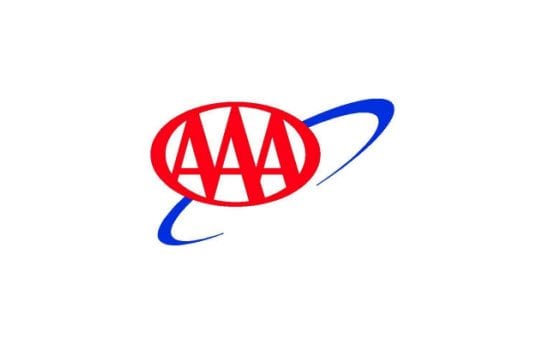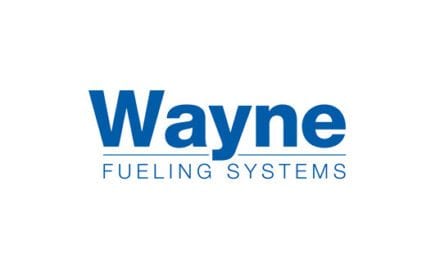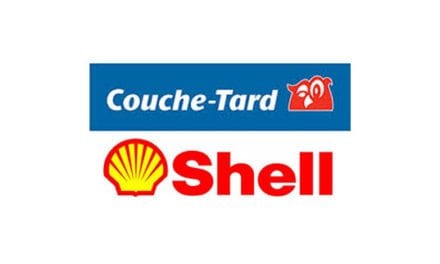AAA urged the Environmental Protection Agency and the Obama Administration to lower the amount of ethanol required to be blended into gasoline for 2014. More realistic targets would protect drivers by preventing a possible surge in gas prices or the increased use of potentially damaging E15 gasoline, AAA said in a statement posted on its website.
“It is just not possible to blend the amount of ethanol required by current law given recent declines in fuel consumption, and it is time for public policy to acknowledge this reality,” Bob Darbelnet, president and chief executive officer of AAA, said in the statement. “The EPA should lower ethanol targets immediately as part of the proposed 2014 RFS rule to support consumers and promote alternative fuels.”
Reports indicate the EPA has recommended a cut in the RFS biofuel mandate for 2014 to 15.21 billion gallons from 18.15 billion gallons, which would represent about 9.33 percent of expected gasoline sales next year, according to the association’s statement. This proposal would prevent the market from hitting a “blend wall” that would either result in higher gas prices or necessitate the increased use of E15 and E85 gasoline, the association said. AAA said it would expect negative consumer consequences were ethanol requirements to exceed ten percent of expected gasoline sales given that most cars can only use E10 gasoline, which contains 10 percent ethanol.
“Corn-based ethanol can support the economy and reduce our reliance on fossil fuels,” Darbelnet said. “It is great news to hear that the EPA is considering a RFS proposal that would support this home-grown alternative while acknowledging the inability to achieve an outdated mandate.”
A recently circulated document indicates that the EPA has proposed reducing the amount of ethanol that must be blended into gasoline in 2014, AAA said. This recommendation was included in a draft notice of proposed rulemaking provided to the White House Office of Management and Budget, which must approve the rule. The EPA is required to formally propose a rule for 2014 by the end of November.
“There is a real opportunity to put motorists first in what has been a very contentious disagreement between various industries,” Darbelnet said. “Gas and car maintenance costs are high enough as it is, and it would be a relief to know that the RFS will not cause significant problems for consumers next year.”
The RFS requires renewable fuels such as ethanol to be blended into gasoline in increasing amounts each year. When Congress passed the law, experts predicted that U.S. gasoline consumption would continue to rise, which would support correspondingly higher ethanol use. This has proven incorrect as gasoline consumptions has remained relatively flat due to more fuel efficient vehicles, a weaker economy and changes in driving habits.
The volume of ethanol required by law to be blended in 2014 is likely to exceed the amount that is possible, due to infrastructure and market limitations. Blenders unable to meet RFS requirements would be subject to significant fines, which could incentivize gasoline exports or burden producers with unsustainable costs. These consequences could restrict gasoline supplies and result in significant increases in gas prices paid by consumers. Alternatively, producers could sell more E15 gasoline to help meet the requirements, but this could lead to additional problems.
A survey last year by AAA found that only 12 million out of the 240 million light-duty vehicles on the roads were approved by manufacturers to use E15. Thirteen manufacturers stated that the use of E15 may void warranty coverage. AAA’s automotive engineering experts believe that sustained use of E15 could result in costly problems such as accelerated engine wear and failure, fuel-system damage and false “check engine” lights in some cars. An overwhelming 95 percent of consumers surveyed by AAA were not familiar with E15, indicating a strong likelihood of consumer confusion leading to misfueling.









